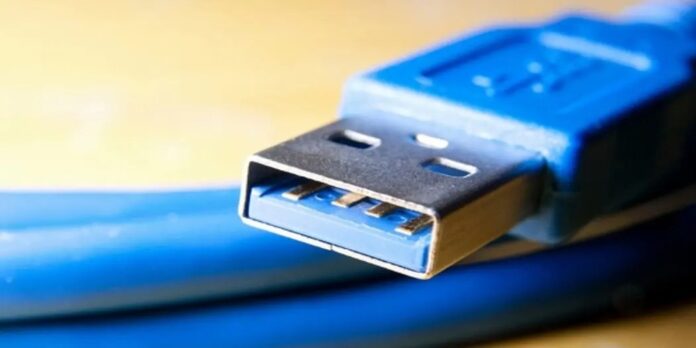The Universal Serial Bus has replaced several older interfaces in the previous 14 years. When connecting hardware components like an external hard drive, camera, mouse, printer, or scanner to a computer, a USB cable is typically used as the physical connection.
There is a universal interface, it’s true. Since 1993, engineers have been refining what would become USB technology. Officially defined in 1996, USB 1.0 was the pioneering standard.
What do we know about USB 3.0?
The latest version of the USB standard for interconnecting electronic devices is USB 3.0. SuperSpeed, a new transfer mode introduced with USB 3.0, can transport data at speeds of up to 5 Gbits per second, or more than ten times as fast as USB 2.0’s top transfer rate of 480 Mbits per second.
USB 3.0 cables may be distinguished from USB 2.0 cables by their blue ports, the SS initials on the plugs, and the various connections utilized.
What do we know about USB 2.0?
The newer USB2.0 camera module standard, often known as Hi-Speed USB 2.0, was released in 2002. It made data transfer from PC to the USB device 40 times quicker than the previous USB 1.1 standard, at 480 Mbps.
As a result of the improved data transfer rates, high-throughput devices like digital cameras, CD writers, and video recorders are now supported via USB. It also made it possible to use several fast gadgets at once. The fact that USB 2.0 is Windows XP-update-compatible is a major advantage.
Differences In Appearance
In terms of hardware, USB 3.0 differs from USB 2.0 because more wires are used. Utilization of buses is considerably enhanced by the new architecture, leading to increased system throughput. Due to the usage of four wires, USB 2.0 is capable of half-duplex transmission.
Rather than having many data pipes operating in tandem, this design uses a single bidirectional data pipe through which information may move only one way simultaneously. USB 3.0 uses a unicast dual-simplex data interface, which adds five wires for a total of nine, and splits data traffic in two directions through separate conduits.
Varying Bandwidths
USB 3.0 enhances the USB 2.0 technology for transferring large amounts of data. Compared to USB 2.0, the effective bandwidth of the bulk transfer technique is around 400 MByte/s.
Manufacturers of machine vision cameras have created high-throughput USB 3.0 cameras because of this required transmission method. This has not only increased the entire system’s speed and efficiency, but it has also offered many chances for integrators to save money.
Distinctions In Communication Structures
For USB 2.0 to work, the host computer must first begin the data transfer. The host will repeatedly seek information from the device via polling, and the latter may only respond when explicitly asked to do so.
Since data may only be communicated when the host queries the device, the high polling frequency has two negative effects: increased power consumption and transmission delay. USB 3.0 enhances this communication paradigm by allowing devices to send data as soon as it is ready, reducing transmission delay.
The Capacity and Power Consumption
USB 3.0 can accommodate and provide greater power while using less energy. Up to 7.5W of electricity may now be delivered to USB 3.0 devices according to the USB Battery Charging 1.2 specification. Furthermore, USB 3.0 does away with the need for power-hungry polling and provides a better method for entering and leaving low-power modes based on whether a device is active.













